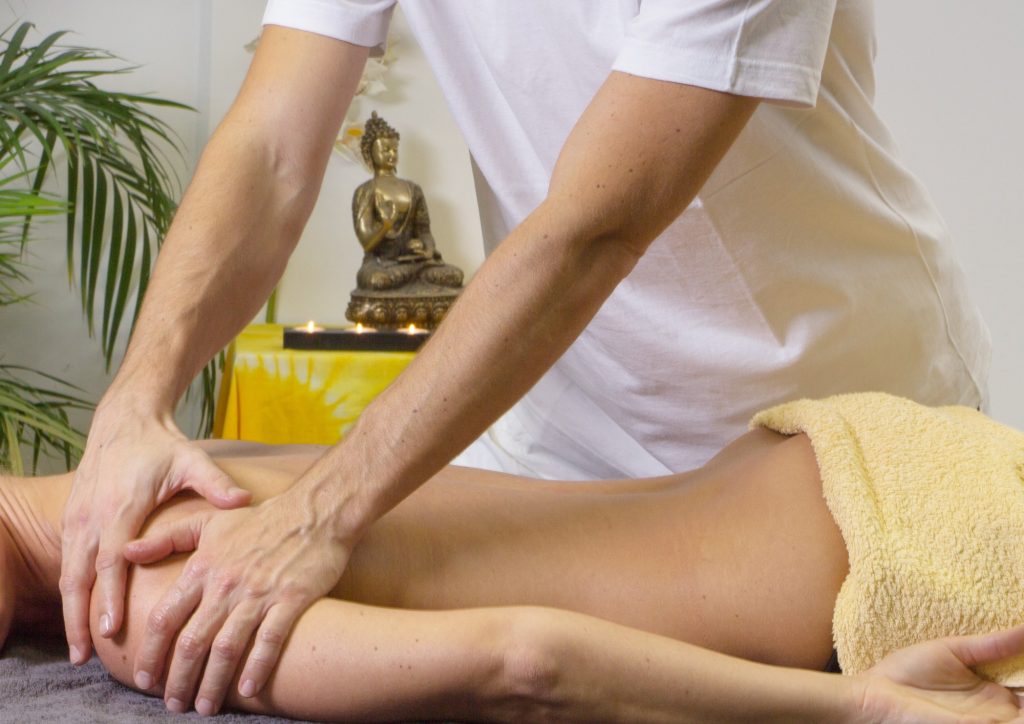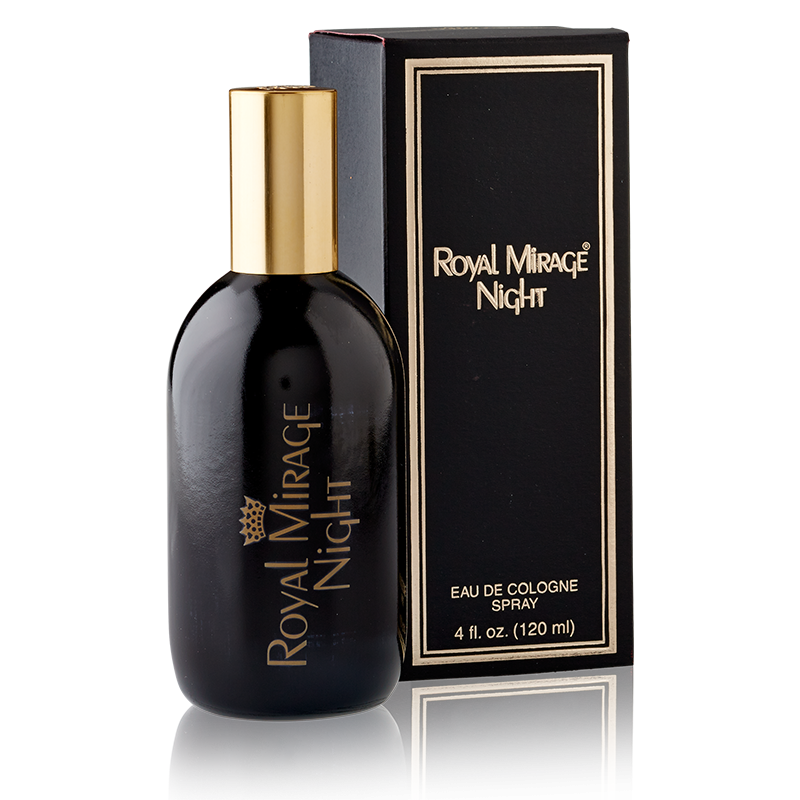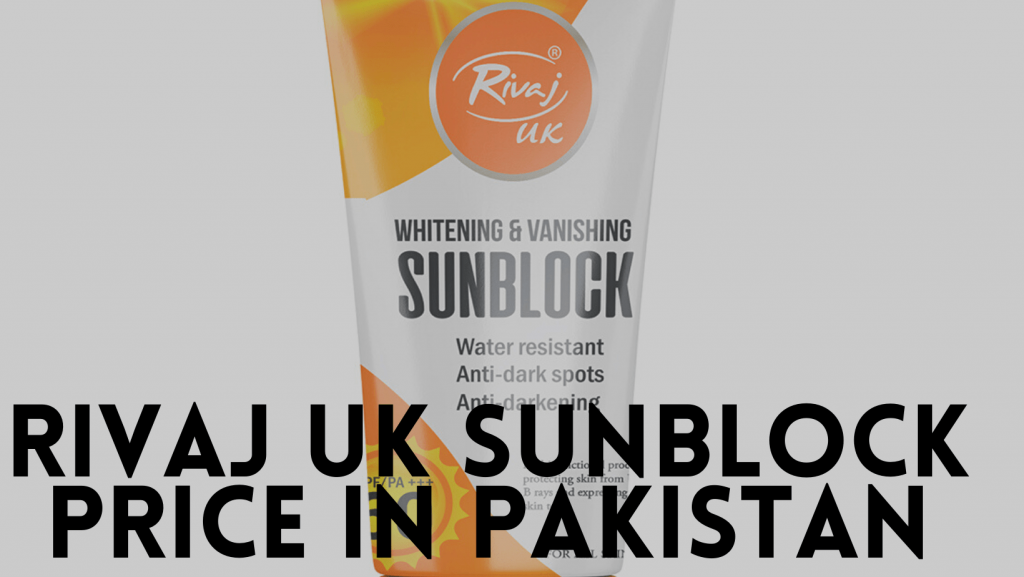As we age, the tendons and muscles in our shoulders tend to weaken. In some cases, this can lead to the tearing of the tendons that make up the rotator cuff. Left untreated, rotator cuff tears can cause long-lasting stiffness, pain, and loss of range of motion.
But what are the rotator cuff tear symptoms? How can you get the help you need to repair the damage?
In this article, we’ll tell you everything you need to know about the causes, symptoms, and treatment options. Keep reading to learn more.
Causes
A rotator cuff tear is an injury to one or more of the four muscles and tendons that surround the shoulder joint. Causes of rotator cuff tears can range from mechanical overuse to a traumatic incident, such as a fall or a direct impact on the shoulder.
Common activities that place strain on the shoulder joint and can cause a tear include overhead sports motions, lifting, or activities that require repeated arm position changes or repetitive arm movements. Other risk factors include age-related changes in the shoulder, bone spurs or calcium deposits, arthritis, and shoulder instability.
Rotator Cuff Tear Symptoms
Symptoms can vary in terms of severity and intensity. But the most common signs are pain, tenderness, and weakness in the shoulder and/or arm. In some cases, the pain can worsen after physical activities involving the shoulder, and the arm can feel numb or experience tingling sensations.
Other common symptoms include:
- difficulty reaching behind the back
- Weakened arm grip
- problems sleeping due to shoulder pain
- reduced range of motion
- crackling feeling in the shoulder joint
- decrease in strength in the shoulder when lifting your arm
Non-Surgical Treatment Options
Non-surgical treatments include rest, physical therapy, anti-inflammatory medications, and cortisone injections. Non-surgical treatments are typically used for minor tears in the rotator cuff. For more serious cases, rotator cuff surgery may be required to repair the tear.
Rest and Physical Therapy
Rest is used to reduce inflammation and any pain. Physical therapy such as low-impact exercises or exercises that use weights can help improve mobility, strength, and flexibility. It can also help support the shoulder and decrease the risk of additional injury.
Physical therapy can help restore the range of motion as well as improve strength, coordination, and stability. It’s important to follow exercise instructions closely and use proper techniques. Common physical therapy modalities to treat a rotator cuff tear include ultrasound, electrical stimulation, and massage.
Rehabilitation can help reduce pain, restore movement, and improve strength. Movement is key to preventing stiffness and keeping the shoulder flexible. With physical therapy, the shoulder can be restored to a more functional stage.
Anti-inflammatory Medications
Antiinflammatory medications are used to reduce pain and swelling in the shoulder. This can provide short-term relief.
Cortisone Injections
Cortisone injections are a type of anti-inflammatory medication used to reduce inflammation and pain in the shoulder joint. Injected directly into the affected area, cortisone targets the source of the symptoms and is generally very effective in reducing pain.
As with any form of treatment, they come with a risk of side effects, including a greater risk of infection. They are a helpful treatment option for rotator cuff tears, but it is important to consult with a healthcare professional before using them.
Surgical Treatment Options
Surgical rotator cuff treatment options can involve a couple of methods. Depending on the severity and location of the tear.
Surgery may involve sutures, arthroscopic, open cuff repair, anchors, and grafting. For shoulder surgery and other treatment options, you can consult with an orthopedic surgeon.
Sutures
Sutures are a surgical treatment option that may be necessary to help repair the tear. This option requires a surgeon to make an incision in the shoulder and suture the torn edges of the tendon together. They are typically used for more severe tears and can help the rotator cuff heal properly and prevent further damage.
Arthroscopic
Arthroscopic treatment is a minimally-invasive approach. This is where a surgeon inserts a thin tube and camera into the shoulder to repair the tear. This involves the surgeon making multiple small incisions to remove any damaged tissue and sew the tendon back together.
Open Cuff Repair
Surgery, from open cuff repair, is sometimes required to repair the tendon and to relieve finger, elbow, or neck pain that can be related to tears. During an open repair, an incision is made in the shoulder and the torn tendon is identified and reattached to the bone.
Anchor and Grafting
Anchor-and-grafting is a surgical procedure that is used to repair a full-thickness rotator cuff tear. During the procedure, small anchors are inserted into the shoulder joint, and the repaired tendon is then held in place by a graft. This procedure is beneficial as it provides stability to the area and can result in faster healing and a quicker return to activity.
Rehabilitation and Recovery
Rehabilitation and recovery are paramount on how to treat injured rotator cuff. Physical therapy is the main focus of rehab and includes strengthening exercises, stretching, and range of motion exercises and activities.
A physical therapist will also assess the posture, range of motion, and comfort in the shoulder to make sure that the healing of the tear is happening. The physical therapist can also advise on proper movement patterns to avoid aggravating the injury. In most cases, rest and light exercise for several weeks to months will be enough to restore strength, mobility, and normal function.
Prevent Further Damage to Rotator Cuff
A rotator cuff tear is a serious condition that can be difficult to treat. Be aware of the rotator cuff tear symptoms. It is important to seek medical attention and start a treatment plan as soon as possible for the best outcome.
Make an appointment with your doctor today to get the help you need and get back to your active lifestyle!
Find this article helpful, be sure to check the rest of our site for more.
James Martin is a passionate writer and the founder of OnTimeMagazines & EastLifePro. He loves to write principally about technology trends. He loves to share his opinion on what’s happening in tech around the world.



